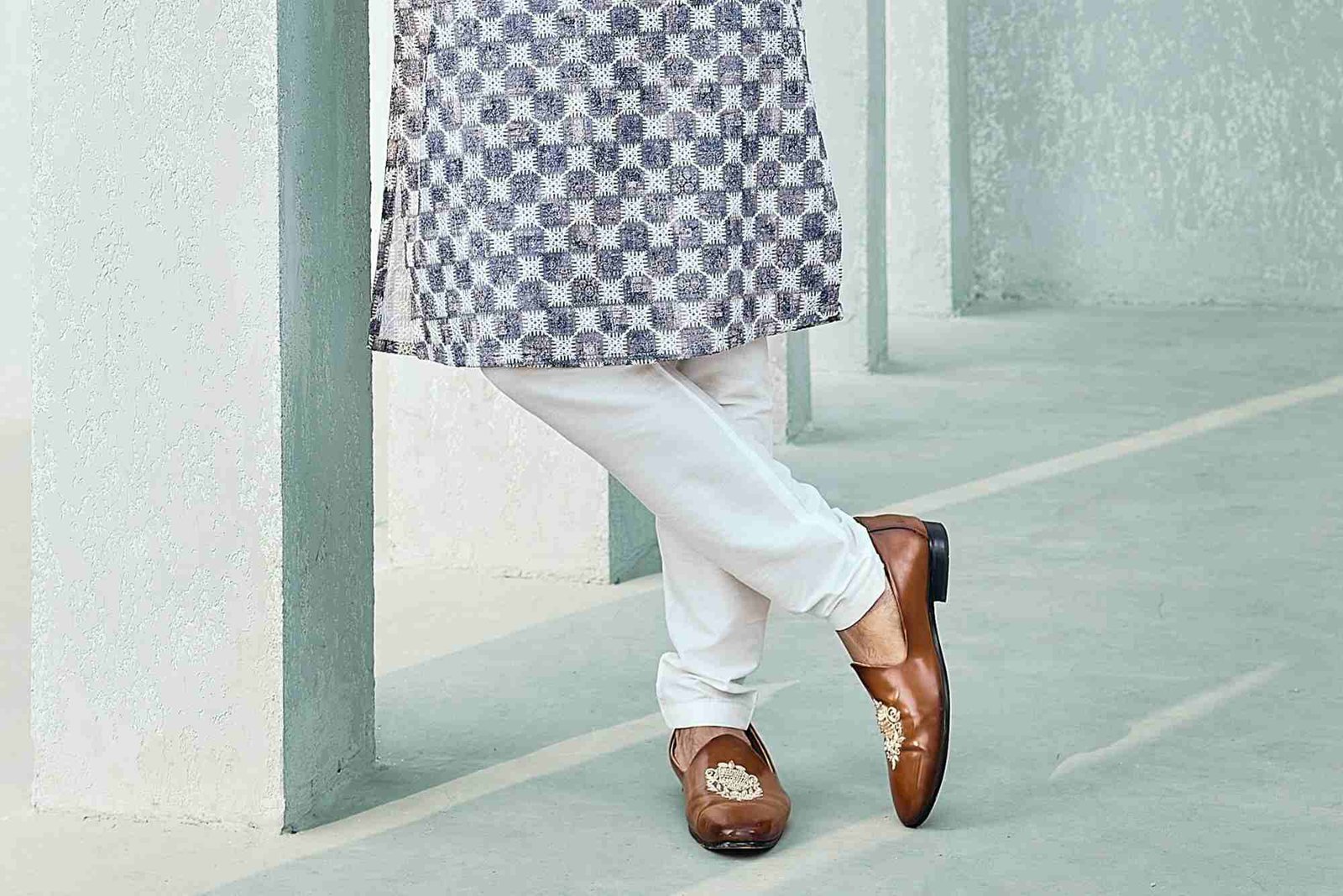Introduction
The retail industry is undergoing a massive transformation, and at the heart of this change lies innovation. The Complete Guide to How Is Retail Innovation Summit Shaping Visual Merchandising — What You Need to Know explores how global leaders, creative thinkers, and retail experts are redefining how customers experience stores. From advanced technology integration to sustainable design practices, the Retail Innovation Summit has become a hub of creativity and future-forward thinking. Visual merchandising — the art of presenting products to attract and engage customers — is now more science than art. The Summit’s focus on innovation has brought new dimensions to store layouts, digital experiences, and customer engagement strategies.
The Evolution of Retail Innovation
Retail has always been about evolution — from traditional brick-and-mortar stores to digital storefronts and omnichannel experiences. The Retail Innovation Summit acts as a catalyst for this change, introducing groundbreaking tools and strategies that influence how brands present themselves visually. In the past, visual merchandising was mostly about display windows and in-store décor. Today, it encompasses augmented reality, AI-powered analytics, and immersive storytelling that blurs the line between online and offline experiences.
Understanding the Purpose of Retail Innovation Summit
The Retail Innovation Summit is not just another industry conference. It’s a meeting point for top-tier retailers, designers, and technology leaders who come together to share insights, showcase new solutions, and discuss future trends. The purpose is clear — to help businesses stay ahead in a rapidly evolving consumer landscape. Topics often include visual merchandising trends, consumer behavior analytics, sustainable retail practices, and digital transformation. These discussions inspire retailers to rethink their strategies and align their brands with modern expectations.
How the Summit Impacts Visual Merchandising
Visual merchandising is no longer about static displays. The Retail Innovation Summit has reshaped it into an interactive and technology-driven experience. Retailers are now using data, design, and digital platforms to create personalized experiences that resonate with each shopper. The focus has shifted from mere aesthetics to emotional engagement and sensory storytelling.
Integration of Technology and Design
One of the biggest takeaways from the Summit is the integration of technology into retail design. Innovations like digital mirrors, interactive LED screens, and motion-sensing displays are transforming visual merchandising. These technologies not only enhance the customer experience but also provide valuable data insights. For instance, AI tools can track where customers spend the most time in a store or which product displays attract the most attention. This allows retailers to fine-tune their visual strategies and maximize sales potential.
The Role of Data-Driven Merchandising
Data-driven decision-making is a key theme in the Summit discussions. Retailers are now using analytics to predict customer preferences and optimize store layouts accordingly. Visual merchandising teams no longer rely on intuition alone; they use real-time data to understand what works. Whether it’s adjusting lighting, display placement, or signage design, every element is backed by measurable insights. This approach ensures a balance between creativity and conversion.
Enhancing In-Store Experiences
The Retail Innovation Summit has also emphasized creating memorable in-store experiences. Visual merchandising now incorporates multisensory elements — sound, scent, touch, and lighting — to evoke emotions. Brands like Nike, Apple, and Sephora have mastered this art by designing stores that offer an immersive brand journey. These examples often inspire Summit discussions, encouraging retailers to move beyond the traditional sales floor model.
Sustainability and Ethical Merchandising
Modern consumers are increasingly aware of environmental impact. Sustainability has become a recurring theme at the Retail Innovation Summit, influencing how brands approach visual merchandising. The shift is toward eco-friendly materials, recyclable displays, and energy-efficient lighting. Retailers are finding creative ways to tell sustainability stories through visual design. From reusing fixtures to showcasing locally sourced products, visual merchandising is now both ethical and aesthetic.
Green Design as a Competitive Advantage
Retailers embracing green design not only appeal to conscious consumers but also gain a competitive edge. Using sustainable materials for displays, opting for digital signage instead of printed posters, and minimizing waste in store setups are some examples of innovation discussed at the Summit. Sustainability is no longer a trend — it’s a requirement for future-ready retail brands.
Digital Transformation and Omnichannel Integration
The Retail Innovation Summit consistently highlights the merging of physical and digital retail spaces. Visual merchandising strategies now extend beyond in-store displays to include digital channels. This omnichannel approach ensures brand consistency and enhances the overall shopping experience.
Virtual Merchandising and AR Experiences
One of the most talked-about innovations from the Summit is virtual merchandising. Using augmented reality (AR) and virtual reality (VR), brands allow customers to visualize products in real-time. For example, furniture retailers let shoppers “place” products in their homes using AR apps. This approach bridges the gap between online browsing and in-store purchase decisions.
Personalization Across Platforms
The integration of AI allows retailers to personalize visual content across online and offline platforms. Through machine learning, brands can tailor digital displays based on demographic or behavioral data. This creates a unified brand story that feels personal to each shopper. It’s a concept often demonstrated at the Retail Innovation Summit through live examples and interactive case studies.
Future Trends Discussed at the Retail Innovation Summit
The future of visual merchandising is exciting and unpredictable. The Summit continues to explore the upcoming technologies and design philosophies that will shape retail experiences in the next decade.
Immersive Brand Storytelling
Visual storytelling is becoming more immersive through 3D displays, interactive content, and themed environments. The goal is not just to sell a product but to communicate a brand’s story in a way that connects emotionally with the consumer.
AI and Predictive Merchandising
Artificial Intelligence is revolutionizing retail. Predictive merchandising uses AI algorithms to forecast customer behavior, helping retailers plan product placement and design ahead of time. This minimizes waste and maximizes profitability.
Human-Centric Design Philosophy
Despite technological advances, human emotion remains at the core of retail. The Summit emphasizes balancing digital tools with human-centric design — creating spaces that feel intuitive, welcoming, and emotionally resonant.
Real-World Examples from the Retail Innovation Summit
Brands such as IKEA, Zara, and Amazon have showcased their innovative visual merchandising techniques at past Summits. IKEA demonstrated how to blend technology with sustainability, while Zara discussed dynamic window displays that change based on weather and time of day. Amazon Go introduced the concept of checkout-free stores — a revolution in retail convenience. These case studies inspire participants to think creatively and implement similar innovations in their own businesses.
Why Retailers Should Attend the Summit
Attending the Retail Innovation Summit is a strategic move for anyone in the retail industry. It offers opportunities to network with global leaders, learn about the latest tools, and discover creative solutions for visual merchandising. Participants leave with actionable insights and real-world strategies to enhance their store’s visual appeal and customer engagement. It’s also a valuable chance to gain exposure and connect with industry peers who share the same passion for innovation.
In conclusion, the Complete Guide to How Is Retail Innovation Summit Shaping Visual Merchandising — What You Need to Know highlights how the Summit serves as a driving force for transformation in retail design and strategy. It’s not just about innovation for the sake of novelty — it’s about enhancing customer experiences, promoting sustainability, and using technology to tell meaningful brand stories. The future of visual merchandising lies in creativity backed by data, ethics, and digital intelligence. Retailers that embrace these changes will lead the next generation of shopping experiences.
If you want a deeper understanding of these trends, explore how is retail innovation summit shaping visual merchandising — a quick guide for more detailed insights. You can also check out our related blog resources for updates on the latest retail trends and innovations. For extended discussions on business and technology insights, visit Medium to discover more expert analyses.
Frequently Asked Questions
What is the Retail Innovation Summit?
The Retail Innovation Summit is an annual event that gathers global retail leaders to discuss new technologies, consumer trends, and design strategies shaping the future of retail.
How does the Summit influence visual merchandising?
It introduces new tools, case studies, and best practices that help retailers enhance customer experiences through innovative and data-driven visual merchandising.
Why is technology important in visual merchandising?
Technology allows brands to create personalized, immersive, and efficient store experiences using data analytics, AR, and interactive displays.
What are the emerging trends from the Retail Innovation Summit?
Trends include AI-driven displays, sustainability-focused design, omnichannel integration, and immersive storytelling experiences.
Should small retailers attend the Summit?
Absolutely. The insights shared benefit both global brands and small retailers by offering scalable solutions that can improve customer engagement and brand visibility.
By staying connected with the insights shared at the Retail Innovation Summit, retailers can transform visual merchandising from static displays into dynamic brand experiences that truly resonate with modern consumers.









